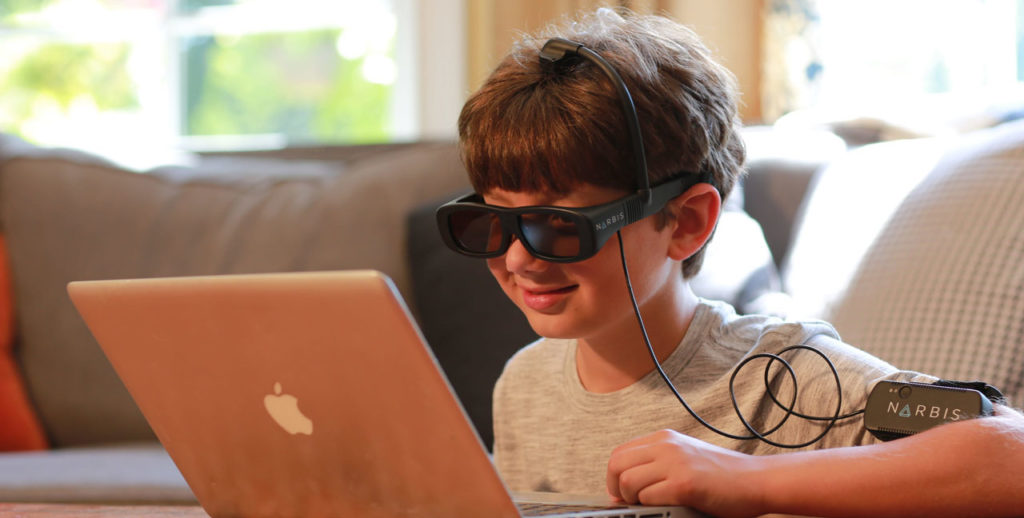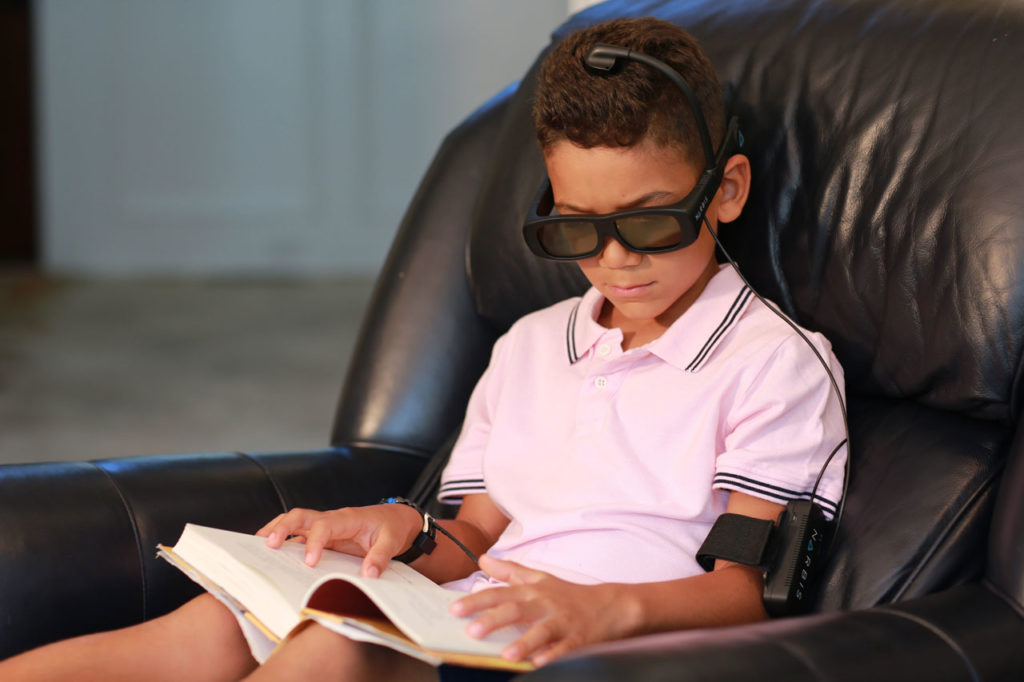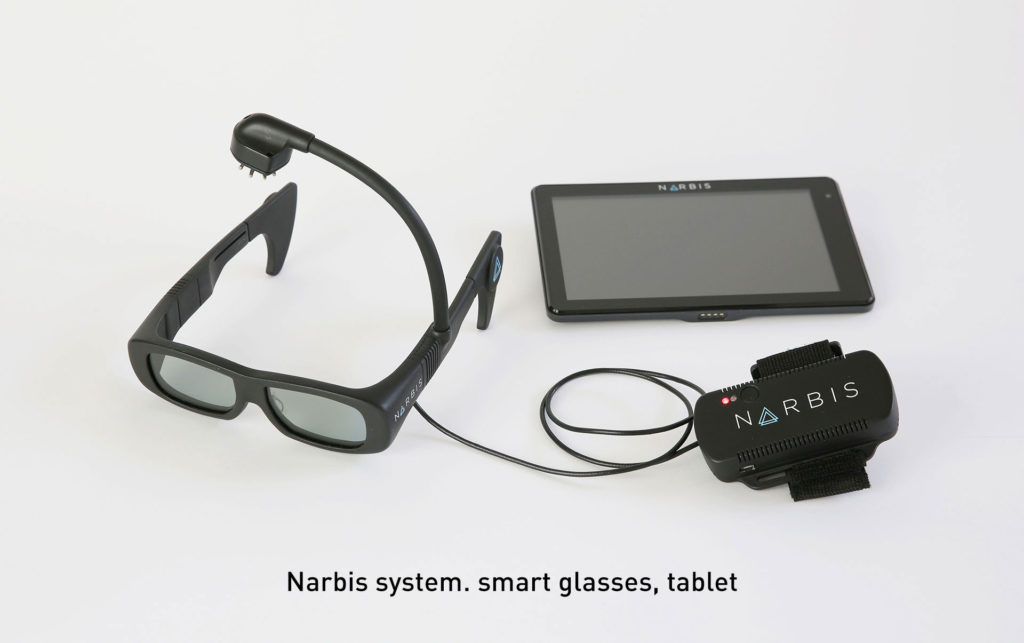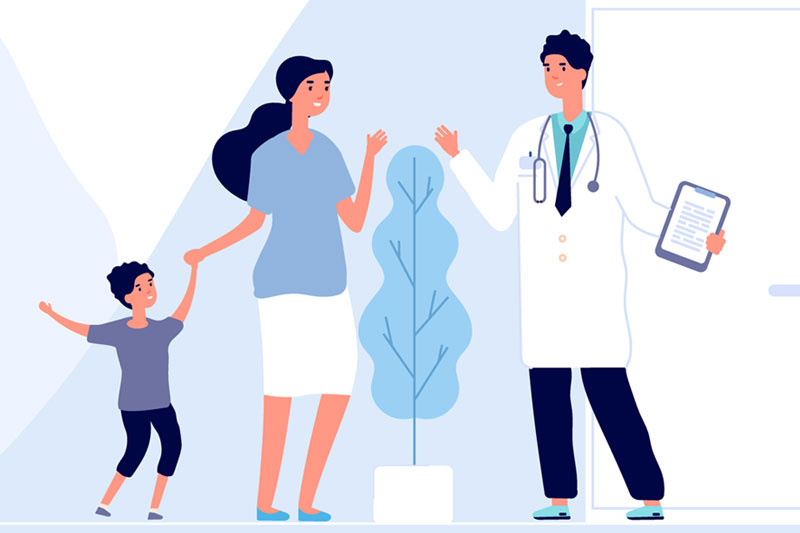With all of the advancements in wearable technology over the past 10 to 15 years, technology and science are at a juncture to help promote attention and deliver information about the state of one’s mind. Neurofeedback has been shown in clinical research as a viable way to help people learn to train their brains to focus on the task at hand. Yet there might be another knock-on effect of this technology: it could give a sense of accomplishment.
Neurofeedback works on the concept of operant conditioning, the psychological and neurological concept that the human brain can learn new ways to approach and react to stimuli based on what the person thinks might be coming next.

Often, these treatments are administered in a clinician’s office, with subjects’ heads strapped into a machine that monitors brain activity as they look to control what’s happening on the screen. Using all their mental power, a child who has been diagnosed with an attention disorder might spend a clinical neurofeedback session to focus and make that dolphin graphic take a dive, or that rocket blast off.
Studies have shown that these sessions can have lasting positive effects. The Washington Post cited in 2015 one such body of research, with the authors concluding that neurofeedback could be “promising attention training treatment for children with ADHD.” Nonetheless, for whatever reason, not everyone has access to in-clinic neurofeedback training.
For starters, there might not be such a facility within easy commuting distance. There might be child care issues at stake. Or, some people looking to hone their attention might just want to do so at leisure in the comfort of their own home. Whatever the case may be, an in-home neurofeedback offering such as Narbis can fit more seamlessly with schedules and daily tasks, rather than an appointment that family members need to plan around.

Moreover, in-home neurofeedback products such as Narbis allow the user to choose the activity during which to enhance focus and concentration, such as reading or getting through a math problem set; that is, real-life situations that necessitate attention on the task at hand. In-clinic neurofeedback, on the other hand, often revolves around video games, which while they may be entertaining, do not parallel the situations in which the client likely gets distracted.
“Most people feel most comfortable in their home environment,” says Melissa Kapur, whose son Margis is a user of Narbis, a company whose signature glasses use neurofeedback technology developed for NASA pilots to help train the brain to focus during homework, the workday, or while trying to accomplish any task that requires concentration. “It’s great to have that opportunity to be home and just feel comforted.”

Beyond a feeling of security, Narbis glasses have gotten results for the Kapur household. Margis has noted that before he started using Narbis glasses, it would have taken him 20 to 30 minutes to get through two or three pages of homework. That same homework load now takes about 15 to 20 minutes.







